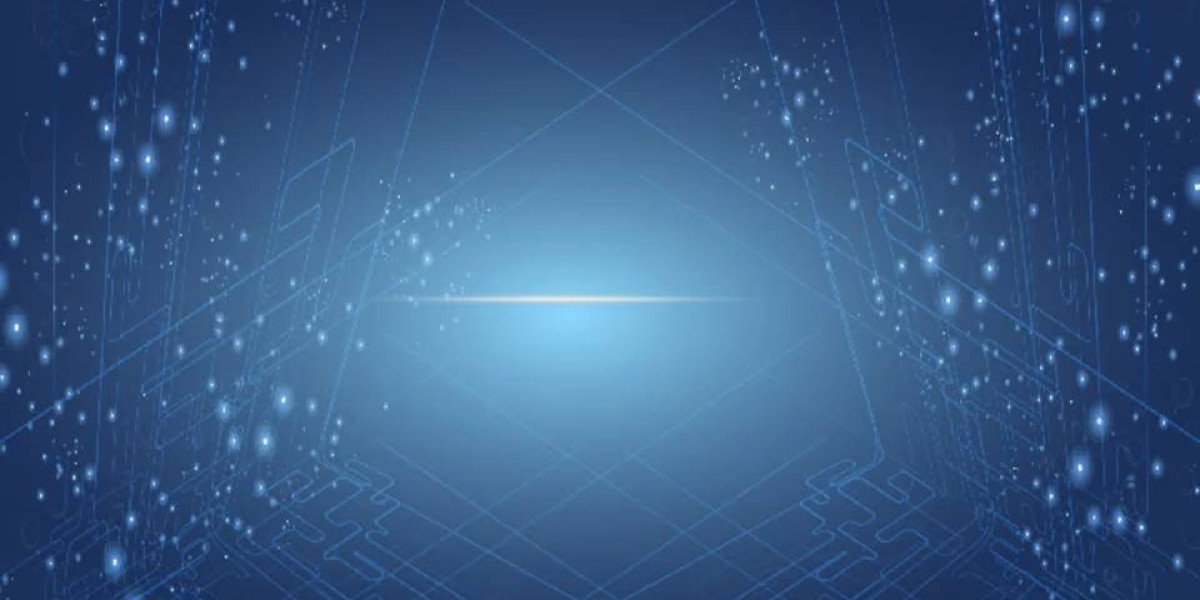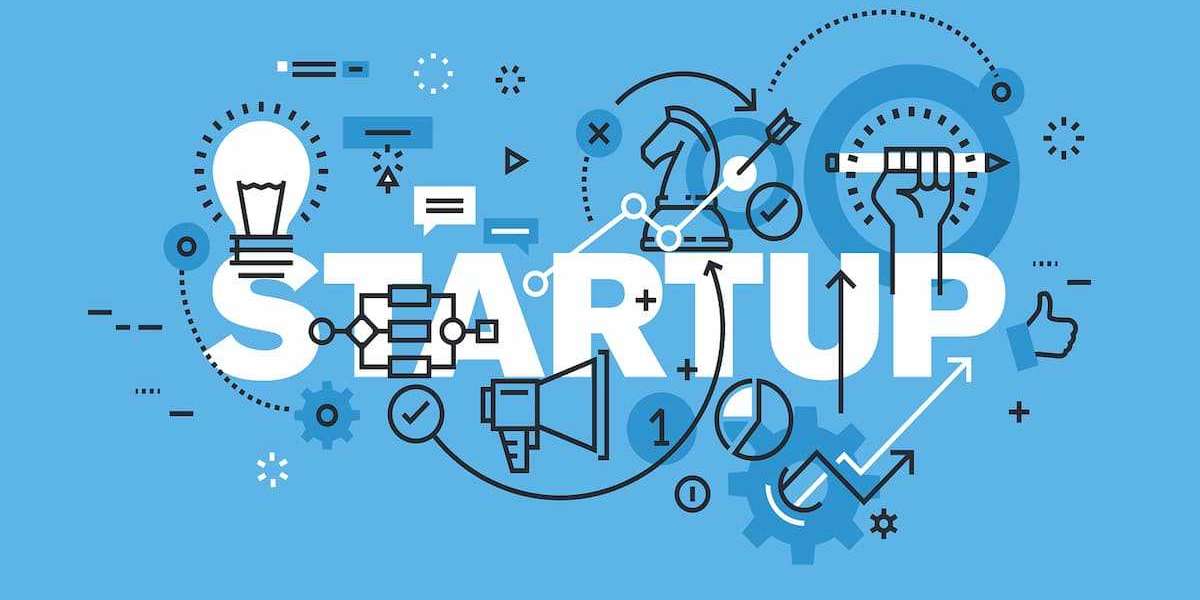IoT Growth and Smart City Initiatives Accelerate Market Expansion
The global LoRaWAN Market is witnessing rapid growth, fueled by the rising adoption of Internet of Things (IoT) solutions and large-scale smart city projects. Valued at USD 5.6 billion in 2023, the market is projected to reach USD 41.2 billion by 2032, growing at a strong CAGR of 25.1% from 2024 to 2032. Increasing demand for low-power, wide-area network (LPWAN) technologies in utilities, logistics, agriculture, and healthcare is driving this momentum.
LoRaWAN (Long Range Wide Area Network) is an open protocol designed for wireless communication between IoT devices. Known for its low power consumption, long-range coverage, and cost efficiency, LoRaWAN is emerging as a preferred connectivity solution for industries seeking scalable IoT deployments.
Key Market Drivers
Growing Adoption of IoT Solutions
The proliferation of IoT devices across industries such as smart metering, asset tracking, and industrial monitoring is significantly boosting demand for LoRaWAN connectivity. Its ability to support millions of devices with minimal power requirements makes it an attractive choice for enterprises implementing IoT at scale.
Expansion of Smart City Projects
Government-backed smart city initiatives are fueling the adoption of LoRaWAN networks for applications like waste management, traffic monitoring, street lighting, and water management. The technology’s long-range capabilities enable cost-effective infrastructure management across large urban landscapes.
Rising Demand in Utilities and Industrial Applications
LoRaWAN is becoming integral to utilities, enabling efficient energy distribution, remote meter reading, and predictive maintenance. In manufacturing and logistics, it is used for asset tracking, supply chain visibility, and equipment monitoring, ensuring improved operational efficiency and reduced downtime.
Market Challenges
Interoperability and Standardization Issues
Despite its growing popularity, lack of global interoperability and the presence of competing LPWAN technologies like NB-IoT and Sigfox pose challenges to widespread adoption. Standardization efforts will be crucial for ensuring seamless integration and scalability.
Security Concerns in IoT Deployments
As LoRaWAN networks handle sensitive industrial and consumer data, cybersecurity remains a critical challenge. Ensuring robust encryption, secure device authentication, and compliance with data protection regulations is essential to maintain user trust.
Regional Insights
North America
North America leads the global market, driven by strong adoption of IoT in smart cities, healthcare, and utilities. The U.S. is at the forefront, supported by early adoption of IoT technologies and the presence of leading LoRaWAN solution providers.
Europe
Europe represents a significant market, bolstered by widespread smart city initiatives and government support for sustainable urban development. Countries such as Germany, France, and the UK are actively implementing LoRaWAN networks for environmental monitoring and industrial automation.
Asia-Pacific
Asia-Pacific is projected to be the fastest-growing region, supported by rapid urbanization, large-scale smart infrastructure projects, and strong government investments in IoT. China, India, and Japan are key contributors, with robust adoption in agriculture, utilities, and logistics.
Latin America and Middle East & Africa
Latin America is adopting LoRaWAN in agriculture and logistics to improve efficiency and resource management, while the Middle East & Africa are leveraging it for smart city solutions and energy management in emerging economies.
Segment Analysis
By Component
Gateways: Critical for network connectivity, gateways represent a major revenue share as they serve as the backbone of LoRaWAN deployments.
Network Servers: Gaining traction with the growing need for reliable data routing and management.
End Devices: The fastest-growing segment, reflecting the rising number of connected IoT devices worldwide.
By Deployment Model
Public LoRaWAN Networks: Increasing adoption by telecom operators and service providers offering wide-scale coverage.
Private LoRaWAN Networks: Popular among enterprises seeking secure, customized solutions for industrial and utility applications.
By Application
Smart Cities: Dominant segment, leveraging LoRaWAN for waste management, traffic monitoring, and smart lighting.
Industrial IoT (IIoT): Rapidly growing adoption in manufacturing and logistics for process optimization and asset tracking.
Utilities: Expanding usage in water, gas, and electricity metering for efficient resource management.
Healthcare: Emerging applications in patient monitoring and medical asset tracking.
Agriculture: Increasingly used for soil monitoring, irrigation systems, and livestock management.
Competitive Landscape
The LoRaWAN market is highly competitive, with players focusing on partnerships, ecosystem development, and technological innovation. Collaborations between network operators, hardware providers, and software developers are shaping the industry’s future.
Prominent companies operating in the global LoRaWAN market include:
Semtech Corporation
Cisco Systems, Inc.
Actility
Kerlink
Senet, Inc.
LORIOT AG
MultiTech Systems, Inc.
MachineQ (Comcast)
These players are investing in expanding network coverage, enhancing platform interoperability, and strengthening cybersecurity measures to address the evolving needs of enterprises and governments.
Future Outlook
The global LoRaWAN market is set to grow at an exceptional pace, driven by the exponential rise in IoT devices and the need for low-cost, energy-efficient connectivity. Smart city initiatives, sustainable urban management, and industrial digital transformation will remain the major growth drivers through 2032.
Innovations in hybrid network architectures, combining LoRaWAN with 5G and satellite technologies, are expected to enhance its capabilities and broaden its applications. With expanding ecosystem partnerships and increasing awareness of IoT benefits, LoRaWAN is poised to become a cornerstone of next-generation connectivity solutions.
Read Full Research Study: https://marketintelo.com/report/lorawan-market
About Market Intelo
MarketIntelo is a trusted market research and consulting firm, dedicated to delivering actionable insights across diverse industries. We specialize in offering comprehensive market intelligence reports that enable businesses to make strategic and well-informed decisions. Backed by a robust database of market information and a skilled team of analysts, MarketIntelo provides tailored solutions designed to meet the evolving needs of our clients.
Contact Us
Market Intelo
Email: sales@marketintelo.com
Website: https://marketintelo.com








